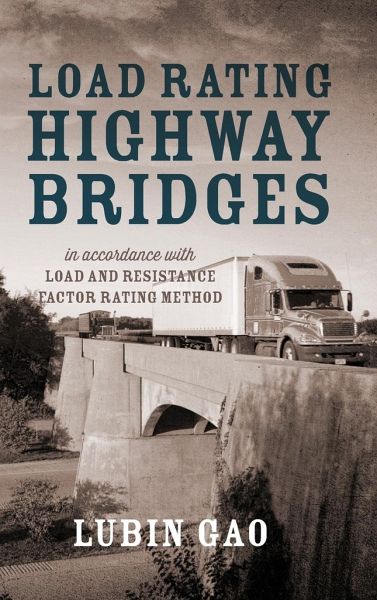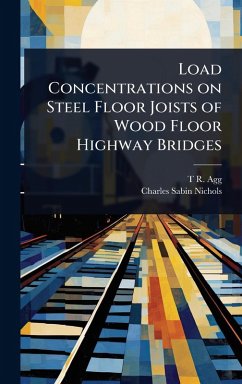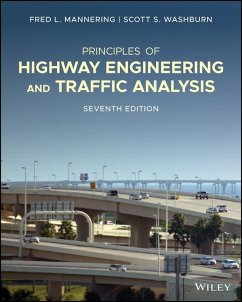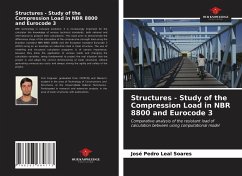
Load Rating Highway Bridges
In Accordance with Load and Resistance Factor Method
Versandkostenfrei!
Versandfertig in 1-2 Wochen
84,99 €
inkl. MwSt.

PAYBACK Punkte
42 °P sammeln!
LOAD RATING HIGHWAY BRIDGES In accordance with Load and Resistance Factor Rating Method First Edition The first comprehensive text introducing the background theory along with the practical procedure of load rating highway bridges with the state-of-the-art Load and Resistance Factor Rating (LRFR) method. With its simplicity and complete contents on this subject, this is an indispensable text for both students and practicing engineers. The safety of bridges is essential to the traveling public. To ensure that bridges in our highway system function safely and serve properly, engineers need to in...
LOAD RATING HIGHWAY BRIDGES In accordance with Load and Resistance Factor Rating Method First Edition The first comprehensive text introducing the background theory along with the practical procedure of load rating highway bridges with the state-of-the-art Load and Resistance Factor Rating (LRFR) method. With its simplicity and complete contents on this subject, this is an indispensable text for both students and practicing engineers. The safety of bridges is essential to the traveling public. To ensure that bridges in our highway system function safely and serve properly, engineers need to inspect and assess the live load carrying capacity of the bridges. Based on the results of inspection and evaluation, decisions are made on load restriction, repair, retrofit or replacement. Load rating, one of the critical tasks in this decision-making process, uses either an analytical method or non-destructive load testing to determine the live load carrying capacity of a bridge. This is a book solely concentrated on bridge load rating by using analytical load rating methods, with a focus on the LRFR method. The primary purpose of this book is to provide the basic concept of load rating highway bridges in terms of the LRFR method. The target readers are practicing engineers who want to acquire fundamental knowledge of the LRFR method. Bearing that in mind, the author attempts to strike a balance between theory and how-to. Engineers who are conducting or will perform load ratings of bridges can use this text as a reference in supplement to the AASHTO Manual for Bridge Evaluation (MBE). This book can also serve as a textbook or supplemental material for a senior level undergraduate or graduate course in bridge design and load rating. This text is divided into three major sections. The first section contains a brief introduction to bridge load rating (Chapter 1) and fundamentals of structural failure and structural reliability theory (Chapter 2). After completing this section, readers are expected to obtain a better understanding of the statistical and probabilistic nature of loads, resistances, and structural failures behind the code provisions. The second section covers the methodology of the LRFR method (Chapter 3) and introduces advanced structural analysis (Chapter 4). The third section discusses special considerations for load rating several most common bridge types (Chapter 5 to 9). Simplicity is beauty. The author provides simple examples throughout the book to help readers easily understand the theory behind the methodology and learn how to use the theory and method in engineering practice. The first two sections are full of mathematics and mechanics, forming the theoretical foundation of loads, load effects, resistances, structural analysis, and load rating. Although complicated at first glance, the theory is made easy by the examples provided in the chapters. The illustrative examples in the third section demonstrate the practical, straightforward, and step-by-step procedure that readers can easily follow and use in real-world engineering practice. To make it even simpler, the author manages to perform hand calculations for most illustrative examples with no special computer software utilized.












